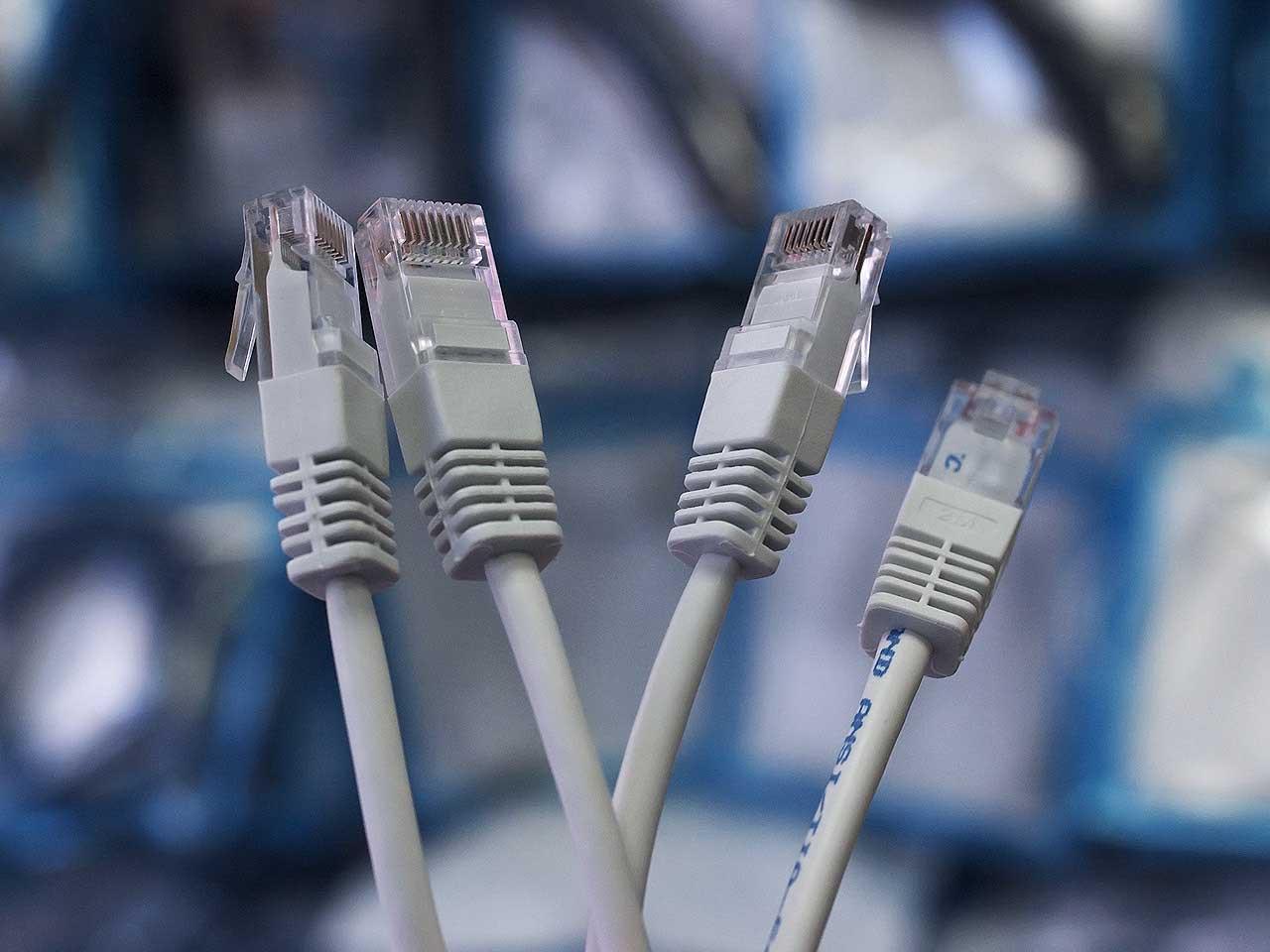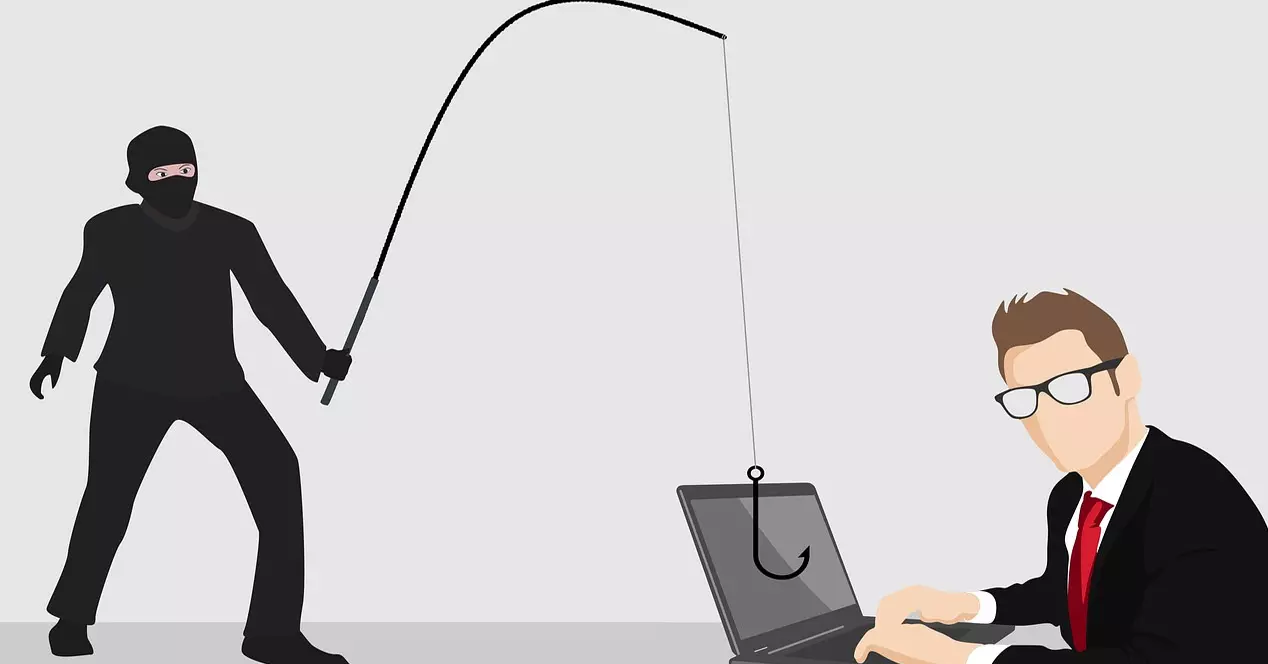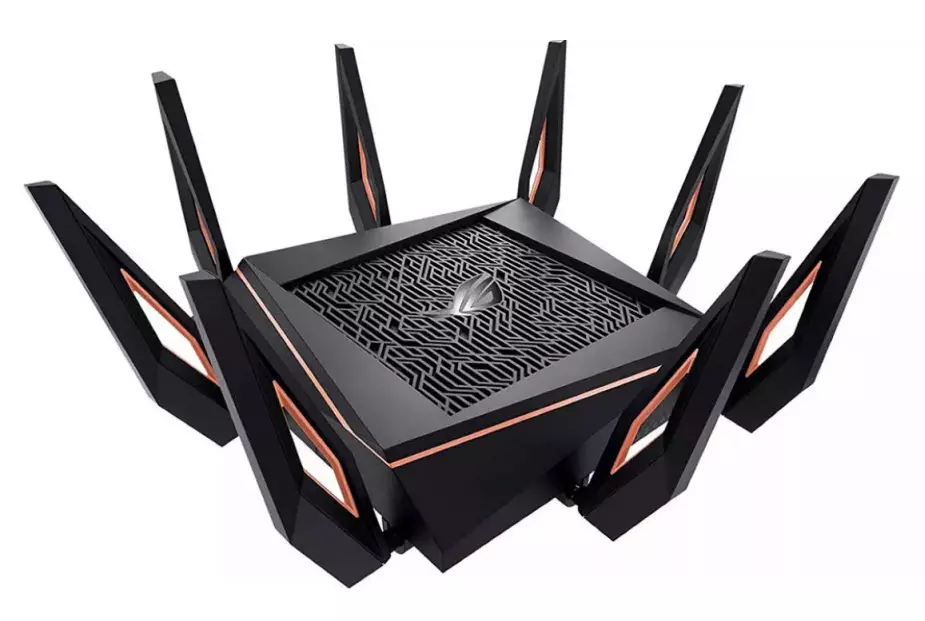
It allows to take the connection to several tens of meters and even exceed 150. Unlike other options, will not lose signal and will always maintain high quality and speed. It is an alternative to other options such as a Wi-Fi or PLC repeater to cover an area of the house where the signal does not reach well.
How to install it at home
Plastic optical fiber is usually sold in a kits. You can find it in stores specialized in technology and networks. In that package you will find the different components that you will need to install it at home, since it is not just a cable; it is necessary to have several devices that will allow the connection.
Thus, a basic fiber optic kit will have the following:
- Cable (usually long, at least 20 meters)
- Two converters (at least)
- Two Ethernet network cables (or more)
- power connectors
- fiber cutter
Basically this is the plastic fiber optic kit what are you going to find It may vary depending on where you buy it and the exact model. For example, you may need a 50-meter cable and you will be able to find it, or you may need more than two converters. Some kits do not have a fiber cutter, so you would have to buy it separately if you do not have one. In addition, you can see models that support up to 1 Gbps while others are limited to 100 Mbps, although the latter will generally be able to take them up to more than 150 meters.
How is plastic fiber optic installed at home? Its operation is really simple. minimum you will have two media converters, which are responsible for passing the signal from optical to electrical. Each will have an optical input and two or three outputs with Gigabit Ethernet ports.
What you need to do is connect each end of the plastic fiber optic cable to a media converter. Each of those converters is going to have output to multiple Ethernet portsso in one of them you connect it by Ethernet cable to the router, while the other you connect it to the device that you are going to use to have Internet, such as a computer, a television, etc.
You will see that the cable has two poles, since it is single mode. One will be in charge of delivering the data, while the other will receive it. You will have to put each of them in the converter and leave them fixed.
We can say that it works in the same way as some PLC devices, only that they use the electrical network and the POF cable will use plastic optical fiber. But it is also necessary to connect a device to the router and another end that will be the one that connects with other devices.
You should note that both converters must be compatible with each other, so you can’t use one that supports up to 100 Mbps and another up to 1 Gbps, as the encoding is different and they won’t be able to sync with each other. If you buy a kit and use its components, you will not have problems in this regard.
Should you buy a kit that supports up to Gigabit or is 100 Mbps enough? This will really depend on the use you are going to give your connection and the number of devices you connect. If you have a contracted optical rate of, for example, 500 Mbps and you want to make the most of it, the ideal is to have the Gigabit option. On the other hand, if you simply want to take the connection to a television to watch streaming videos, even if they are of the highest quality, you will have plenty of 100 Mbps.
What advantages does it have
you may wonder what are the advantages of plastic fiber optics if we compare it with conventional fiber or even with other devices to improve the signal, such as a Wi-Fi repeater or PLC devices. There are certain positive points that should be known and as you will see they can be very useful.
Conduits from the electrical installation can be used
One of the advantages has to do with the facility per se. If you want to take advantage of the ducts of a previous installation that you have in your home or even next to the electrical installation, you will have fewer problems. There will be no noise problems, as occurs with conventional fiber, in the event that you have electrical wiring nearby.
You will also be able to not worry if you are going to pass the cable out, since it can be adapted without problems. You just have to keep in mind that it does not do well with high temperatures or high humidity, so you will have to move it away from sources of heat or from areas where there may be high humidity.
More flexible without risk
Furthermore, being more flexible you’ll have more options to create a smooth installation, without worrying too much about possible obstacles or having to bend the cable. POF fiber offers advantages in this sense and will adapt better to any terrain where you are going to carry out the installation.
Conventional fiber is more delicate. If you bend the cables, you may have a greater risk of them breaking and the quality of the signal diminishing or even stopping working directly and you have to replace them.
higher bandwidth
The bandwidth is much higher than Ethernet or coaxial cables. Therefore, in order to bring the connection to a very long distance, it is ideal to maintain a good speed and that cuts do not appear, nor quality reduction of any kind. You will be able to take better advantage of your connection.
For this reason, it is usually used in large warehouses, buildings or spaces where the distance is very long. However, it is also useful in a private home, for example, to take the connection to another floor or to an area where there is very limited coverage and it does not work well.
Lower loss vs. Wi-Fi or PLC
Surely you are wondering if it does not perform the same function that a Wi-Fi repeater or PLC devices can do. The truth is that in part yes, since the objective is to be able to take the connection to another place where there are problems and it does not arrive well. For example a dead zone where the wireless network does not reach or a room that is far from the router.
But unlike what happens with a Wi-Fi repeater, plastic optical fiber allows you to maintain speed much better and there is no loss. The same happens if we compare it with PLC devices, since they will be more stable and there will be no problems connecting devices that are far away.
What uses can we give it at home
Under what circumstances are we actually going to use plastic fiber optics? let’s see some situations in which this option will be very useful in order to have a better connection or even be able to connect devices that would otherwise be much more complicated or impossible.
Install a surveillance camera
The first use is to install a Surveillance Camera. There are models that allow you to connect it to the Internet, either through Wi-Fi or by network cable. But of course, if we are going to put it in a place that is very far from the router, the wireless network may not reach it and it may be unfeasible to use Ethernet cables.
That’s where plastic fiber optics comes into play. You will be able to connect a surveillance camera even 150 meters from the router thanks to this type of cable. In addition, the bandwidth that you will need is not very large, so you could use a kit that supports up to 100 Mbps and be able to take it a greater distance.
Connect devices further
Something similar happens with any device you want to connect at home. Think, for example, of a television that has an Ethernet port and where you want to watch streaming content. You’re going to want the connection arrives as best as possible And if you use a Wi-Fi repeater, it will probably not go well for you if it is far away and you may have cuts.
The plastic optical fiber will allow you to take the connection from one end of the house to the other and also not lose quality. You will be able to take full advantage of the bandwidth available with your connection and be able to watch videos on that television, connect a cabled laptop or any other compatible device.
cover dead zones
Of course, there is the option of being able to cover dead zones. This is how the corners of a house are known where the wireless connection does not reach. For example, a room that is very far from the router, another floor where Wi-Fi does not reach well, or an area where there are possible obstacles that prevent the signal from reaching it well. For example thick walls, walls, etc.
By using the plastic fiber option we will be able to carry out an installation that allows us to cover an area where there was no Internet. This will allow you to have a connection in that place and connect any device without problems. Very useful if you use certain devices that have poorer wireless coverage, such as a video player or television.
In short, as you have seen, plastic fiber optics is a very interesting option to improve the Internet connection in a home. It is true that it is mainly used at an industrial level, in large areas, but you will also be able to install it in a private home and optimize the network as much as possible.




